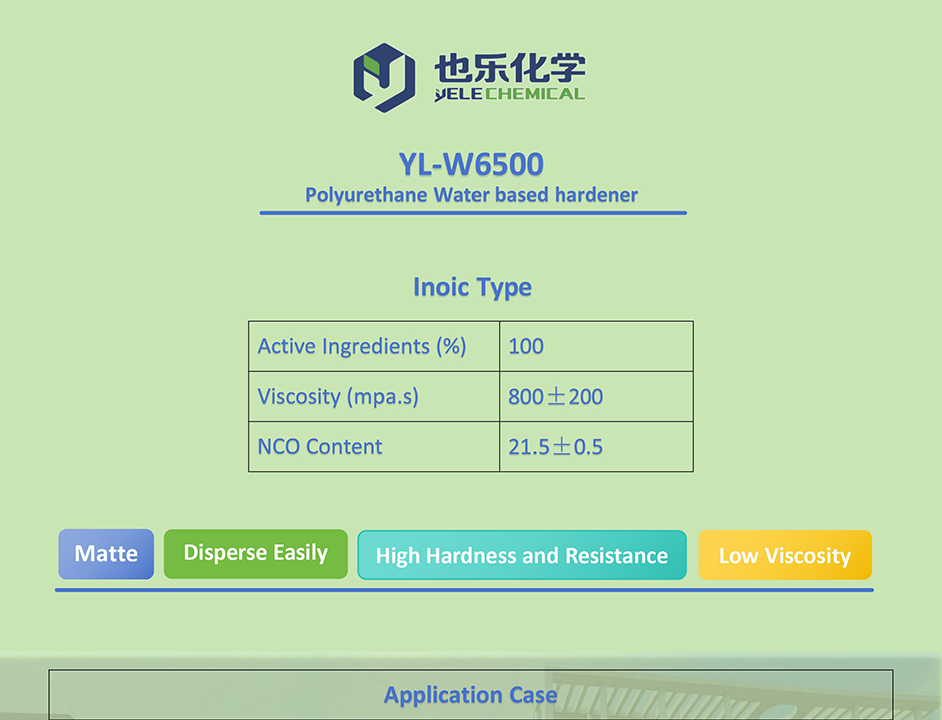Industrial Ethernet Protocol Introduction
2024-09-04
Industrial Ethernet protocol is a communication protocol based on Ethernet technology in the field of industrial automation. These protocols are designed to meet the needs of data transmission, control, monitoring and communication between devices in industrial environments, ensuring the continuity and stability of industrial production. The following is a detailed introduction to several common industrial Ethernet protocols:
1. EtherNet/IP
-
Definition: EtherNet/IP is an Ethernet-based industrial communication protocol proposed by Rockwell Automation, which is a combination of Ethernet, TCP/IP and CIP (Common Industrial Protocol).
-
Features: EtherNet/IP uses standard Ethernet physical layer, data link layer, network layer and transport layer, and supports 10Mbps and 100Mbps Ethernet commercial products. It provides real-time, reliability and interoperability, and can meet the strict communication requirements in the field of industrial automation.
-
Application: Widely used in industrial automation and control fields, such as production lines, factory automation and other scenarios.
2. PROFINET
-
Definition: PROFINET is an industrial Ethernet communication protocol introduced by the German PROFIBUS and the PROFINET International Organization (PI). It is based on the TCP/IP protocol and adds real-time communication capabilities.
-
Features: The PROFINET has real-time performance and flexibility, supports multiple communication methods and interface standards, and can flexibly adapt to different industrial automation equipment and systems. It offers comprehensive coverage from simple devices to complex automation solutions.
-
Application: Mainly used for data transmission and equipment control in industrial control systems, such as real-time communication between PLC, sensors, servo drives and other equipment.
3. EtherCAT
-
Definition: EtherCAT (Ethernet Control Automation Technology) is a high real-time and high-performance industrial Ethernet protocol, developed by German Beckhoff Automation.
-
Features: The EtherCAT has the advantages of high-speed transmission, low delay and distributed control, and is suitable for control systems that require fast response and synchronization. It uses a master-slave communication mode, the master station periodically sends EtherCAT data frames, and the slave station reads the input data and writes the output data when the data frame passes.
-
Application: Suitable for high-performance control scenarios such as high-speed robots and machine tools.
4. Modbus TCP/IP
-
Definition: Modbus TCP/IP is based on the Modbus protocol TCP/IP implementation, is an open communication protocol.
-
Features: Modbus TCP/IP has real-time and high reliability, supports multiple transmission modes, and can transmit data between different devices. It is widely used in industrial automation systems for communication and data transmission between devices.
-
Application: Commonly used in industrial automation control system equipment communication and data transmission, such as PLC, HMI, sensors and other equipment communication.
5. POWERLINK
-
Definition: POWERLINK is an open source industrial Ethernet protocol developed by the Austrian automation company B & R.
-
Features: The POWERLINK provides real-time transmission capability of time-critical data, with programmable response time and high-precision time synchronization function. It can realize real-time communication on ordinary Ethernet without special hardware support.
-
Application: Mainly used in real-time data transmission and equipment control scenarios, such as production lines, machine tools, etc.
6. CC-Link IE
-
Definition: CC-Link IE is an Ethernet-based communication protocol introduced by Mitsubishi Electric Corporation.
-
Features: CC-Link IE provides high-speed, real-time and reliability to support the application of large-scale industrial networks. It adopts advanced network technology and communication mechanism to meet the high requirements of communication in the field of industrial automation.
-
Application: Widely used in industrial automation, such as robot control, intelligent manufacturing and other scenarios.
In summary, there are many types of industrial Ethernet protocols, and each protocol has its own unique characteristics and applicable scenarios. Choosing the right industrial Ethernet protocol is essential to ensure the continuity and stability of industrial production. With the continuous development of industrial automation and intelligent manufacturing, industrial Ethernet protocols will continue to play an important role in promoting innovation and development in the industrial field.












